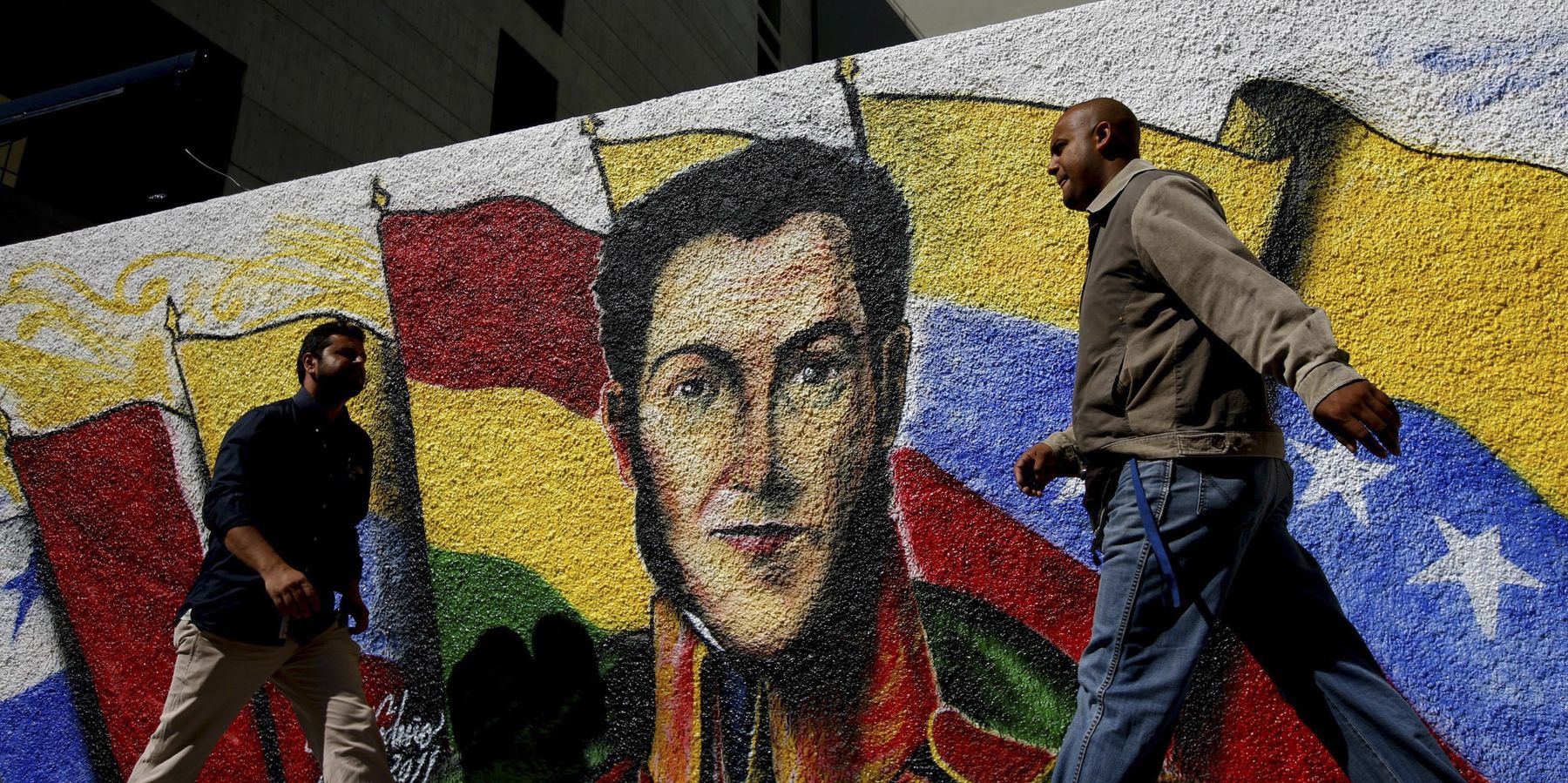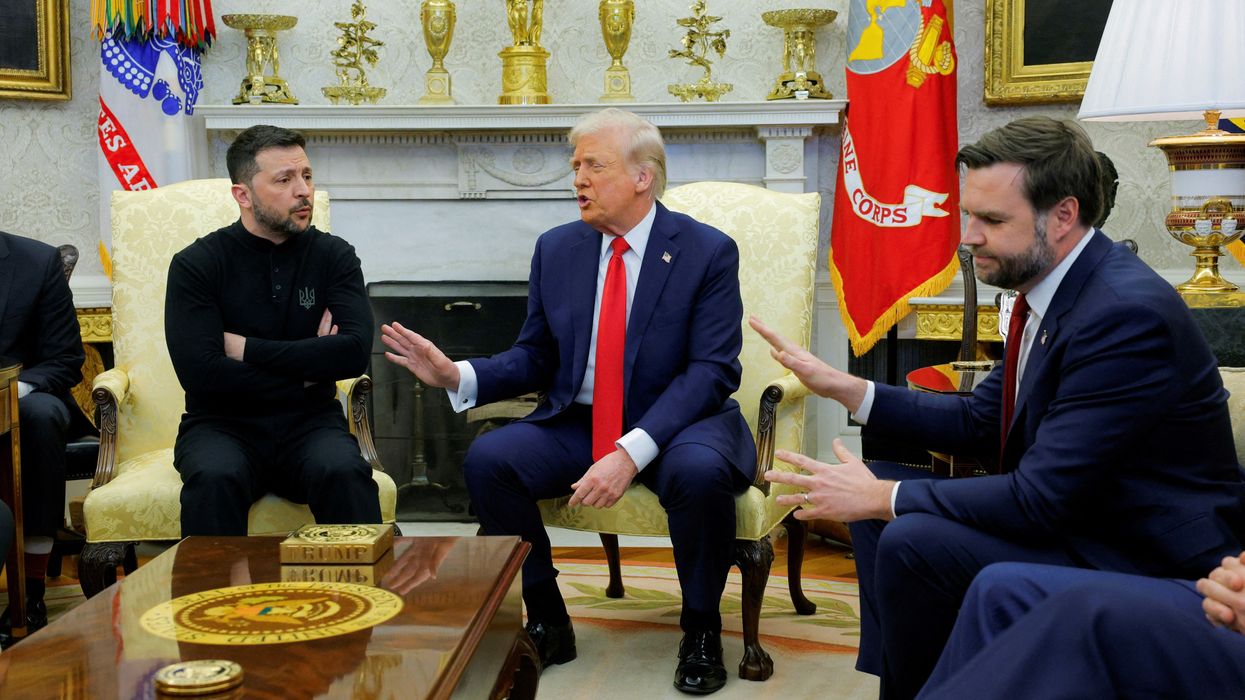Amid greatly increased attention to the Americas in Washington, the largest hemispheric organization that excludes the United States and Canada, the Community of Latin American and Caribbean States (CELAC), will convene Wednesday in the capital of Honduras, with Colombian President Gustavo Petro assuming the group’s leadership in what is likely to be a challenging time.
The summit will bring together at least a dozen of the region’s leaders, including the presidents of Latin America’s most populous nations — Mexico’s Claudia Sheinbaum and Brazil’s Lula da Silva.
Founded in Venezuela in 2011, CELAC was intended to serve as a counterweight to the Washington-based Organization of American States (OAS) and as a vehicle to strengthen ties with the European Union, China, and Africa, even as it has struggled to build consensus among its members on key issues and advance new initiatives.
This year’s agenda is likely to be dominated by members’ concerns about Donald Trump, who underlined the hemispheric power imbalances on his first day as president when he predicted that relations with Washington’s southern neighbors “should be great. They need us much more than we need them. We don’t need them.”
Discussions will focus in major part on how to coordinate responses and insulate their nations from the negative effects of Trump’s next moves on everything from the fight against organized crime to migration, tariffs and trade, and energy security.
Heading into his last year in office in Bogota, Colombia’s Petro seeks to shore up his own mixed legacy by flexing his country’s centrality in regional diplomacy. In addition to CELAC, he is taking the reins of four other institutions designed to further regional integration in 2025 alone — the Pacific Alliance, Andean Community, Association of Caribbean States, and Brasilia Consensus.
But will his efforts be enough to achieve long-sought but elusive Latin American and Caribbean unity amid the tempest emanating from their common superpower neighbor to the north?
Despite a greater need than ever to tackle common challenges gripping the region, critics warn CELAC’s piecemeal financing, non-binding decisions, and persistent divisions could hobble Petro’s intentions.
Since Petro challenged Trump’s deportations of Colombians in late January — to which the U.S. president responded with threats of widespread visa bans, sanctions, and tariffs on Colombian exports — his envoys have largely smoothed things over with their counterparts in Washington.
Yet another spat following last week’s visit of Secretary of Homeland Security Kristi Noem to Bogotá over conflicting positions on drugs, security, and relations with Venezuela has ruffled feathers in some Trump circles, potentially accelerating Petro’s plans to diversify Colombia’s foreign relations beyond its historically close ties to the U.S.
Wednesday’s summit comes as the region fared relatively well in Trump’s announcement last week to levy reciprocal tariffs on U.S. trade partners worldwide, with most countries in the hemisphere facing just 10% duties and exemptions for certain strategic minerals.
Yet experts warn a potential economic recession and the reconfiguration of global trade dynamics due to Trump’s aggressive use of tariffs could nonetheless devastate Latin American economies. The 38% primary and 25% secondary tariffs against oil-exporting Guyana and Venezuela, respectively, could likewise have far-reaching impacts on regional energy security.
Even while some smaller, U.S.-aligned countries, such as Costa Rica, Guatemala and the Dominican Republic, may hope to capitalize on potential nearshoring opportunities stemming from their comparatively lower tariffs levied against their exports, larger South American economies like Colombia and Brazil may pivot even further to China as a response.
Today’s gathering in Tegulcipalpa also comes just four days before Ecuador’s highly anticipated presidential runoff, pitting conservative incumbent Daniel Noboa, who will not attend the summit, against progressive contender Luisa González, who is slightly ahead the polls and who already met with many of the summit’s attendees during last month’s inauguration of Uruguay’s center-left president, Yamandú Orsi.
The summit could also influence the run-up to December’s Summit of the Americas in the Dominican Republic, which takes place every three years and is organized in close coordination with the U.S. State Department and the OAS.
At the 2022 Summit of the Americas in Los Angeles, U.S. President Joe Biden took heat from the region’s governments by deciding to exclude the leaders of Cuba, Venezuela and Nicaragua. The presidents of Mexico, Honduras, El Salvador and Guatemala — key players in managing regional migration to the U.S. — boycotted the Summit in protest.
A firm response to the Trump administration’s mass deportation campaign, including the transfer allegedly gang-affiliated Venezuelan migrants to El Salvador’s notorious CECOT mega-prison, is likely to figure prominently in the summit proceedings, even if it doesn’t end up in the final declaration.
While most countries have learned from Trump’s spat with Petro, in which the latter swiftly backed down in the face of Trump’s threats, to cooperate with Washington’s deportation plans, some, such as Mexico and Brazil, have demanded humane treatment of their returned migrants, while others, including U.S. allies like Ecuador and Belize, have so far rejected U.S. requests to receive third-country nationals.
CELAC’s future, however, remains uncertain as its Washington-based rival, the OAS, will install a more conciliatory secretary-general, Surinamese foreign minister Albert Ramdin, than the incumbent, Uruguay’s Luis Almagro, next month. Ramdin is thought to favor a softer line against Venezuela and Cuba than the incumbent, Uruguay’s Luis Almagro, who generally deferred to the United States’ position toward those countries.
While Trump officials reject these claims about Ramdin, they have also left open the possibility of defunding, restructuring, or exiting the OAS if U.S. interests are, in their view, not sufficiently respected. A U.S. break with the nearly 80-year-old hemispheric body could provide CELAC with a major opportunity to grow in relevance.
Yet ideological differences have produced notable tensions at recent CELAC summits, as in 2021 in Mexico City, when Uruguayan President Luis Lacalle Pou clashed with Cuban President Miguel Díaz-Canel over the island’s human rights record, or in 2023 in Buenos Aires, when Argentina’s opposition prevented Venezuelan President Nicolás Maduro from attending.
Internal tensions were on full display in late January when an emergency CELAC meeting called by the group’s outgoing leader, Honduran President Xiomara Castro, in response to Trump’s retaliatory threats against Petro was abruptly called off, as many regional leaders sought to avoid escalation or confrontation with the U.S. president just a week into his term.
While Latin American and Caribbean leaders of all political stripes have generally attended past summits, conservative leaders who are actively courting the Trump administration for trade deals, as in the case of Argentina, or military and security assistance, in the case of Ecuador and Paraguay, are sending lower-level officials.
As a result, proposals to boost food security, address the root causes of migration, stimulate intraregional trade, and expedite the clean-energy transition could face uphill battles, hindered by internal disputes and annual changes in the group’s leadership.
Nonetheless, the conferees are likely to call for the lifting of unilateral sanctions on Cuba and pursuing dialogue with Venezuela in contrast to the Trump administration’s efforts to ratchet up pressure on both countries. Many diplomats in the region privately maintain that Secretary of State Marco Rubio’s crusade against Havana and Caracas is alienating some in the region who would prefer to tackle more critical issues, including those to be discussed at the CELAC summit.- Trump's Latin American sticks could end up stuck in his spokes ›
- Grenell vs. Rubio: Team Trump's competing Latin America visions ›
- Rubio sparks diplomatic storm before Americas summit | Responsible Statecraft ›
















